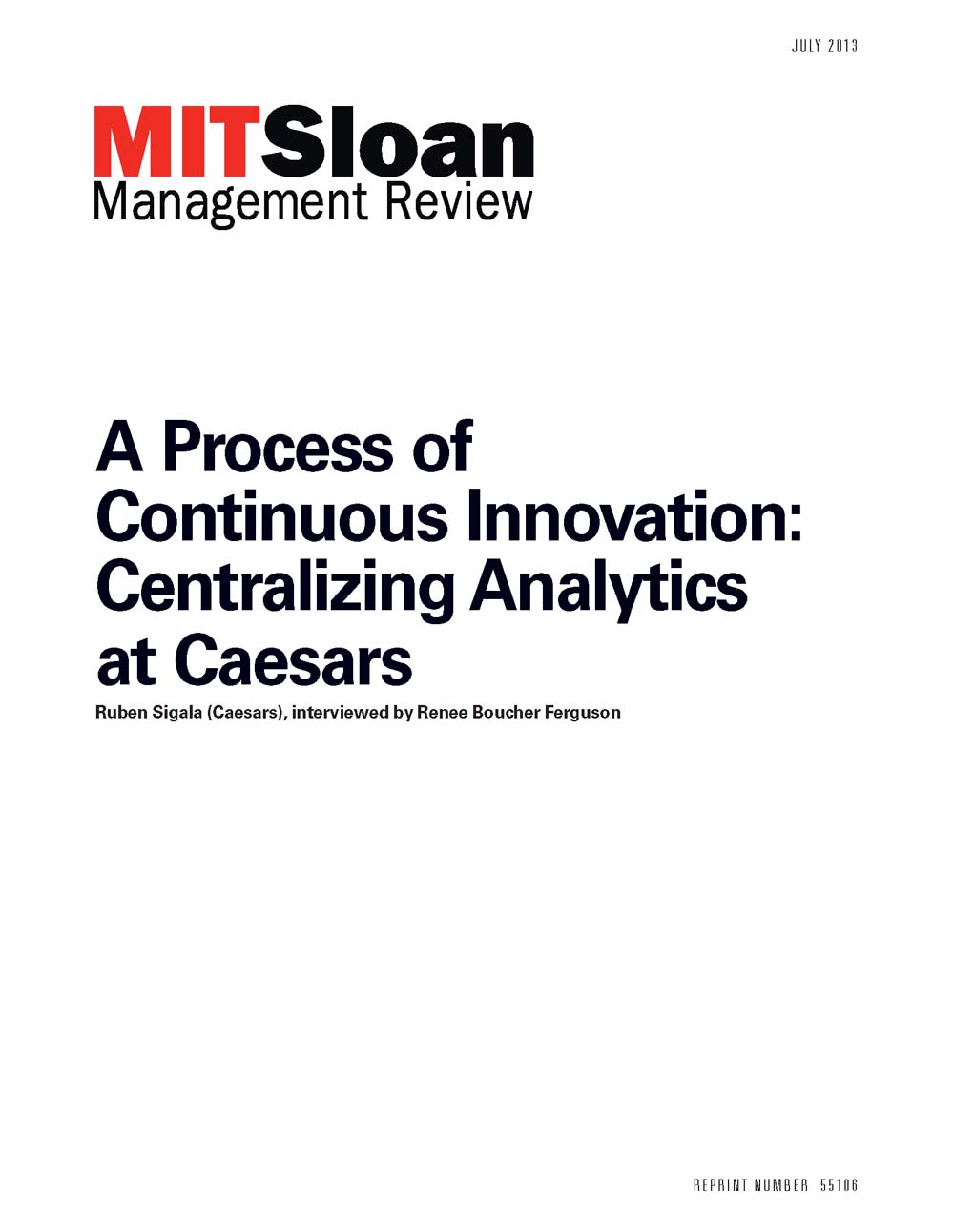Facing headwinds from a shifting media industry, executives at Spanish-language broadcasting company Entravision recognized the need to innovate their business model. To get there, they created Luminar, a big data insights division that utilizes about 2,000 external data points to deliver customized, transaction-based insights to marketers about Entravision's Latino audience. The fastest-growing U.S. demographic, Latinos have amassed buying power worth more than a trillion dollars annually.
Data, AI, & Machine Learning
Data, AI, and machine learning touch nearly every business function. Learn how to leverage their power for productivity and profitability.
Page 28 of 32










